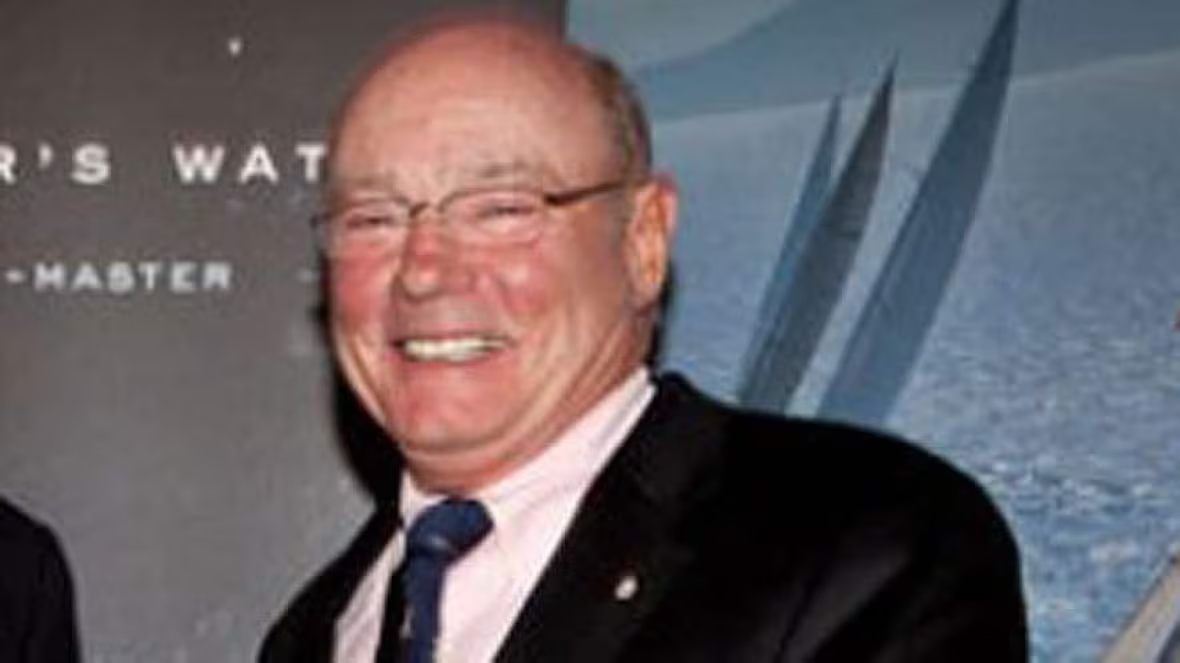Dennis Oland's jury wraps up deliberations for the night
Deliberations at accused's 2nd-degree murder trial in 2011 death of father Richard set to resume at 9 a.m. AT

The jury at Dennis Oland's second-degree murder trial in Saint John spent about 5½ hours deliberating on Wednesday without reaching a verdict.
Deliberations will resume at 9 a.m. AT, officials said.
The jurors will remain sequestered — cut off from any contact with their family and friends — until they can reach a unanimous verdict, or inform the judge they are unable to reach one.
- Live blog: Dennis Oland jury receives instructions from judge
- On mobile? Get live coverage of the trial here
The Crown has tried to prove that the 47-year-old Oland is guilty in the bludgeoning death of his father, prominent New Brunswick businessman Richard Oland, more than four years ago.
The multimillionaire's body was discovered lying face down in a pool of blood in his Saint John office on July 7, 2011. The 69-year-old had suffered 45 sharp and blunt force injuries to his head, neck and hands.

Several of his family members, friends and other supporters shook his hand and hugged his wife, Lisa, after the jury left the courtroom around 3:30 p.m. AT to begin deliberations.
Court of Queen's Bench Justice John Walsh turned the case over to the jurors after reviewing all of the evidence and giving them his 204 pages of instructions on how they should apply the law to the hundreds of exhibits, including crime scene photos, forensic results, financial reports and cell tower maps, as well as the testimony of nearly 50 witnesses.
He told jurors there are only two possible verdicts: guilty of second-degree murder or not guilty.
The decision must be unanimous, said Walsh, urging jurors to "keep an open mind, but not an empty head."
He described the case against Oland as being largely a circumstantial one.

Even if the jurors don't believe Oland's account but are left with reasonable doubt, they must acquit.
They may only convict him if the rest of the evidence in the case as a whole proves his guilt beyond a reasonable doubt, Walsh said.
Second-degree murder carries an automatic life sentence, but parole eligibility can be anywhere between 10 and 25 years.
One of the 13 jurors had to be dismissed on Wednesday because only 12 are allowed to deliberate. The extra juror was in place as a safeguard, given the length of trial, in case anyone got sick or was unable to serve for another reason. Juror No.12 was selected by a random draw.
Walsh stood and shook her hand and thanked her for her service.
Earlier Wednesday, Walsh told the jurors it's up to them to assess the adequacy of the Saint John Police Force's investigation as they consider whether the Crown has proven its case against the accused beyond a reasonable doubt.
There were "too many comings and goings at a crime scene, you may justifiably think," Walsh said.
He reminded the jurors of evidence they've heard regarding the police investigation during the trial — how police failed to protect the crime scene from possible contamination, how the bathroom located in the foyer outside the victim's office was used by officers for two days before it was forensically tested, and how the back door was never tested for evidence.
In addition, police failed to ask the pathologist whether a drywall hammer was a possible weapon, said Walsh.
He noted there was no physical evidence connecting Oland — or anyone else — to the crime scene, and that there was no physical evidence in Oland's car, on his BlackBerry, or the red reusable grocery bag he had with him on the night in question.

The Hugo Boss jacket had three small blood stains on it — on the right sleeve, upper left chest and on the back — and the DNA extracted from those areas matched the victim's profile, the trial has heard.
Oland told police he was wearing a navy blazer when he went to visit his father on the night in question, but security video and witness testimony showed he was wearing a brown jacket.
Walsh said some of the issues the jurors might want to consider include the size and extent of the staining, the location of the staining, the DNA results, and other possible explanations for the findings.
Oland testified his father sometimes had blood on him because he chewed his cuticles and scratched scabs on his scalp. The court has also heard the victim was a close talker, who would often lean in and touch people on the arm or back as he spoke to them.